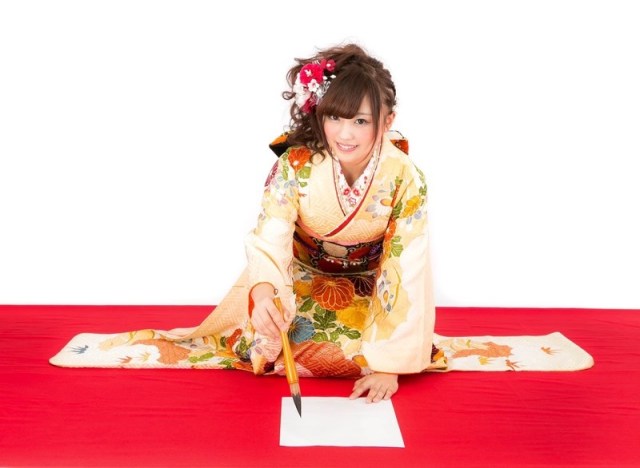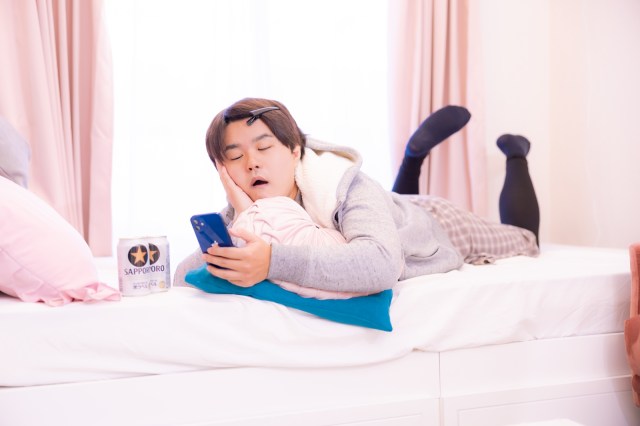Survey reveals how Japanese people plan to spend the 2023 New Year’s holiday

Questions explore the ongoing impact of the pandemic on family traditions and what people plan to spend the most money on for celebrations.
Out of all Japanese public holidays throughout the year, New Year’s is arguably the one when the whole country comes closest to a complete standstill. Workers are typically granted December 29 through January 3 off, marking a comparatively long stretch of time for them to travel home, take some dedicated time to hibernate, and engage in traditional activities such as eating extravagant and expensive meals of osechi (New Year’s foods with auspicious names) or sending New Year’s Day greeting postcards known as nengajo.
As 2023 will be the third New Year’s holiday celebrated since the widespread onset of COVID-19, however, many families still haven’t completely returned to their pre-pandemic traditions. In an effort to learn more about how the pandemic is still affecting families’ New Year’s plans, Japanese company Shokubunka, which researches business related to the Internet sales of specialty foods, surveyed 1,004 men and women in their 20s through 60s across Japan earlier this month about how they plan to ring in 2023.
▼ One traditional New Year’s custom: kakizome, or the first calligraphy written in the new year

Let’s now dive into the seven survey questions and most common answers!
Q1: What are your plans for New Year’s this year? (Multiple responses are allowed)
- Not much–relaxing at home (42.9 percent)
- Visiting a Shinto shrine or Buddhist temple for the first time in the New Year (39.5 percent)
- Greeting local relatives and friends (17.4 percent)
- Shopping first-day-of-the-year sales (12.9 percent)
- Watching the first sunrise of the new year (7.7 percent)
- Going on a trip (4.4 percent)
The largest portion of survey takers, about 40 percent, responded that they plan to spend the holiday lounging at home without doing much at all. That actually sounds like a pretty sweet deal to us–we’ve still got plenty of 2022 anime series to catch up on, after all. Shall we dub it “the first lounging of the year”?
▼ The second most popular response: hatsumode, the first visit to a shrine or temple to pray for happiness in the new year

Q2: Depending on the COVID-19 situation, is there a chance that your plans to go out or do other things might change?
- No (36.1 percent)
- Yes (32.7 percent)
- I’m not sure (31.2 percent)
With Japan experiencing an eighth wave of COVID-19 infections, the importance of taking precautions still can’t be understated, even if it means needing to change long-awaited plans on a dime. Since a large chunk of survey takers aren’t planning to go out in the first place, hopefully that will make sudden changes a bit easier to swallow.
Q3: How has the way that you spend New Year’s changed since the onset of the pandemic? (Multiple responses are allowed)
- I rest at home without going out (55.6 percent)
- I don’t do the same customs that I usually do every year (26.3 percent)
- The amount of money that I spend on food has gone up (21.7 percent)
- The amount of times that I order out for food has gone up (8.1 percent)
- I visit a shrine or temple and see relatives virtually (4.1 percent)
- Other (12.1 percent)
Interestingly, 21.7 percent of survey takers reported that their holiday food expenses have gone up in addition to the 8.1 percent that reported ordering more food from outside. These trends are likely a result of families spending more time at home without social gatherings that involve lots of cooking. Other specific responses regarding how plans have changed include: “I don’t visit my grandparents anymore,” “I don’t gather with relatives,” and “I order more things online.”
▼ A modern depiction of the traditional Japanese New Year’s activity known as “gorogoro,” or lazying about at home with TV, books, and plenty of snacks (pajamas are encouraged; cooking is most definitely not)

Q4: What do you think you’ll spend the most money on this New Year’s?
- Food (59.4 percent)
- Shopping (16.2 percent)
- Travel (7.8 percent)
- Leisure (4.1 percent)
- Otoshidama (New Year’s money for children) (3.5 percent)
- Other (9.0 percent)
Speaking of money…in a landslide (foodslide?), 60 percent of survey takers responded that they plan to spend the most money on food over the holiday (rightfully so!). Specific responses to the question included “eating out with family,” “splurging on osechi and other foods I wouldn’t normally eat,” and “relaxing at hot springs.” Perhaps it’s worth noting as well that the boxed feasts known as osechi seem to be fading in popularity these days, especially among the younger generations, so it will be interesting to see to what extent it continues to make an appearance in this kind of survey for years to come.
▼ A typical osechi New Year’s meal. Some restaurants have recently begun offering one-person osechi meals.

Q5: How do you prepare food for the holiday? (Multiple responses are allowed)
- My family and relatives make it (44.9 percent)
- I make it myself (40.1 percent)
- I buy it in the neighborhood (31.6 percent)
- I eat out (18.0 percent)
- I order it online (14.1 percent)
- Other (2.4 percent)
In total, about 85 percent of survey takers will still be able to indulge in some homecooked meals over the holiday, whether made by family or themselves.
Q6: What “luxury” food do you crave at New Year’s (excluding osechi and toshikoshi soba [“crossing-the-year soba”])? (Multiple responses are allowed)
- Sushi (46.1 percent)
- Crab (37.8 percent)
- Sukiyaki (29.9 percent)
- Yakiniku (19.8 percent)
- Nothing special (15.5 percent)
- Shabushabu (12.3 percent)
Extravagant seafood proves to be the most popular as the top two picks were sushi, often eaten on celebratory occasions in Japan, and crab. Beef-based sukiyaki and yakiniku followed as they’re both warming, hearty dishes for the middle of winter.
▼ Premium crab such as the one pictured below can often cost…many an arm and a leg.

Q7: Have you ever thought that you failed when purchasing food for New Year’s?
- No (76.1 percent)
- Yes (23.9 percent)
Sadly, nearly 25 percent of survey takers responded to the final question that they’ve had a bad experience when buying special food for New Year’s. Typical reasons included: “the portion size was way too small for the price,” “I purchased osechi from a reputable shop but it was underwhelming,” and “the osechi I received looked completely different from its photo.” Hopefully each of these survey takers was able to bounce back with a pleasant experience the following year.
Now that Japan is on the cusp of the extended New Year’s break, perhaps it’s time for all of us, no matter where we are in the world, to procure some snacks, hunker down under the kotatsu, and start browsing the websites of our favorite stores for any cute New Year’s-themed goods. We’ll see you again whenever we’ve fully mastered the art of gorogoro.
Source: PR Times via Otakomu
Featured image: PR Times
Top image: PR Times
Insert images: PR Times, Pakutaso (1, 2, 3)
● Want to hear about SoraNews24’s latest articles as soon as they’re published? Follow us on Facebook and Twitter!
Credit:

0 comments: